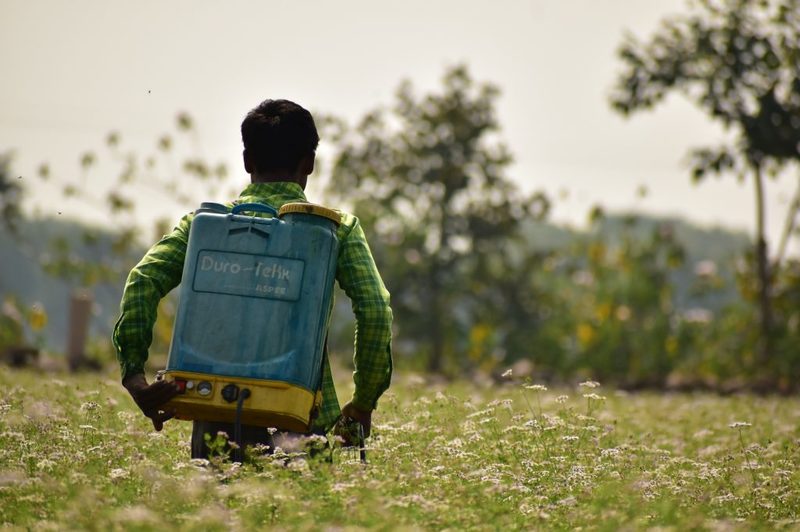We know you are wondering what are the dos and donts of pest control as you want to ensure your safety. Well, you have come to the right article as we will take you on a tour to a safe pest control procedure.
It is not enough to simply proceed with pest control and get rid of unwanted pests that invaded your home. It is also essential to ensure that you do the correct procedure and reduce as much risk as possible.

Pest Prevention Should Be The First Option
There is no better way of managing pests than preventing them from coming to your home in the first place. Here are some of the tips you can follow.
- Get rid of sources of water, food, and shelter.
- Keep your food in sealed glass or plastic containers. It is also best to place your garbage that contains food scraps in tightly-covered trash cans.
Also, throw your trash regularly as it attracts pests. - Immediately fix plumbing leaks and never let water accumulate in any area of your home. Never allow trays under your plants or refrigerator to collect water.
- Clutter can provide breeding and hiding grounds for pests, making it hard to get rid of them. Throw away stacks of magazines, newspapers, and cardboards.
- Seal or close-off spaces where pests can sneak their way in and hide like cracks, cervices, and caulk around baseboards or cabinets. You can use steel wool to fill in spaces around pipes and wire mesh for covering the holes.
- Dig deep into the pests you encounter as well as the options to get rid of them.
- Make sure to check your boxes and packages first before carrying them inside your home.
Do’s of pest control
Knowledge is power, so before you start with the extermination, read this article on how to do pest control at home by yourself. Additionally, to ensure your safety, it is also essential to note the following safety measures.
1. Use pesticides properly and safely
- Keep the children, elderlies, and pests away from the area where you will or have already applied the pesticides. Here is a guide on how to prepare animals for pest control that you can check out.
- Comprehend and follow the safety instructions on the label of the pest control product that you are going to use.
- Before applying pesticides, make sure to find the source of the problem first.
- Only use pesticides that are proven safe for home use and check whether you can use them outside or inside.
- Only use fogging devices unless extremely necessary.
- It is better to choose ready-to-use products that require no mixing whenever possible.
2. Properly dispose of pesticides
- Know how to properly dispose of the pesticides that you used. There are instructions for disposal on the labels that you can read.
- Most communities have hazardous waste collections that gather unwanted or remaining pesticides. You can call the authorities regarding the information about it.
3. Ask for professional help if you are unsure of handling the problem
- If you don’t know exactly how to properly exterminate pests in your home, it is best to consult experts in pest control services.
4. Inform your neighbors regarding the infestation and the pest control
- If infestation occurs in your home, regardless of the type of pest, it is your responsibility to alert your neighbors of the problem.
- When you are about to conduct wide pest control, it is also suggested that you inform the people near you, so they can prepare for the possible effects of the chemicals you will use.
Don’ts of pest control
Knowing the don’ts is as essential as being aware of the things you should do. Below are the practices you should not do to ensure safety.
1. Never use pesticides that are meant for outdoor use indoors
- You should never use products and chemicals formulated for outdoor use inside your house. It is because they likely contain highly toxic chemicals that could stay in your space longer and might threaten your health.
2. Do not use twice the recommended amount
- When the instructions set the recommended amount of pesticides for use, do not go beyond it even if you believe you need more. Never assume that the doubled amount of chemical will produce a more effective result.
- Do not mix pesticides with other chemicals unless instructed. It might put your and your family’s health at risk.
3. Don’t transfer pesticides to different containers
- You should store pesticides only in their original containers and do not transfer them no matter what your reason is.
- Never reuse empty pesticide containers for other purposes as it can lead to poisoning and other adverse health issues.
Conclusion
Now that you know what are the dos and donts of pest control, you will be able to properly and safely get rid of your unwanted guests. Not only will you have a pest-free home, but you will also be able to ensure the safety of your and your family’s health.
